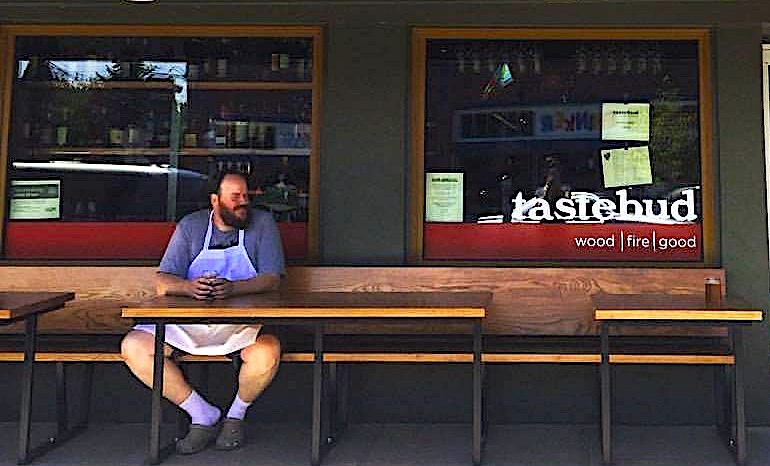
A Restaurant Asks You: When Are We Opening Back Up?
I met Mark Doxtader of Tastebud when I wrote the Market Watch column for the Oregonian's FoodDay section, and he was running his wildly successful wood oven pizza business—one of the city's first mobile oven businesses at the time—at the Portland Farmers Market. He has consistently offered Portlanders the highest quality handmade breads, bagels, pizzas and salads—not to mention that heavenly porchetta—made from locally grown produce and meats. Like Cory Carman's essay from last week, I felt this message from his newsletter was invaluable to understanding what the people who make up our food system are dealing with.
For continued safety and precaution, we ask that everyone continues to wear masks when picking up orders. With the confusing “progress” we have made in the pandemic, playing it safe and remaining cautious has served the community well and allowed us to stay open. It has only been a couple weeks since we moved our pickup table from the doorway to just inside our shop. It felt like a baby step forward, although mainly spurred by the extreme temperatures outside.
 We are tired and a little weary but still in a holding pattern. But we are committed to waiting out the pandemic and and are hopeful for some additional government assistance to make the changes we are in need of to adapt to a modified service style. Doing to-go only for the last 18 months has been a temporary solution to our global crisis. Although we have all adjusted, modified and survived thus far, we continue thinking about and focusing our intentions towards our next iteration. We remain patient and dependent on the health and safety of our staff and community.
We are tired and a little weary but still in a holding pattern. But we are committed to waiting out the pandemic and and are hopeful for some additional government assistance to make the changes we are in need of to adapt to a modified service style. Doing to-go only for the last 18 months has been a temporary solution to our global crisis. Although we have all adjusted, modified and survived thus far, we continue thinking about and focusing our intentions towards our next iteration. We remain patient and dependent on the health and safety of our staff and community.
We are a very small crew. In the last year we have had two fulltime employees who have been with us five years each. In addition, we have three people who are part time, who also live with me, and a sprinkling of friends that have dependably pitched in. And last but most definitely not least, we have my two daughters who have been integral and vital to the last year, in keeping our doors open and me "sane." These are the vaccinated folks that are keeping us running.
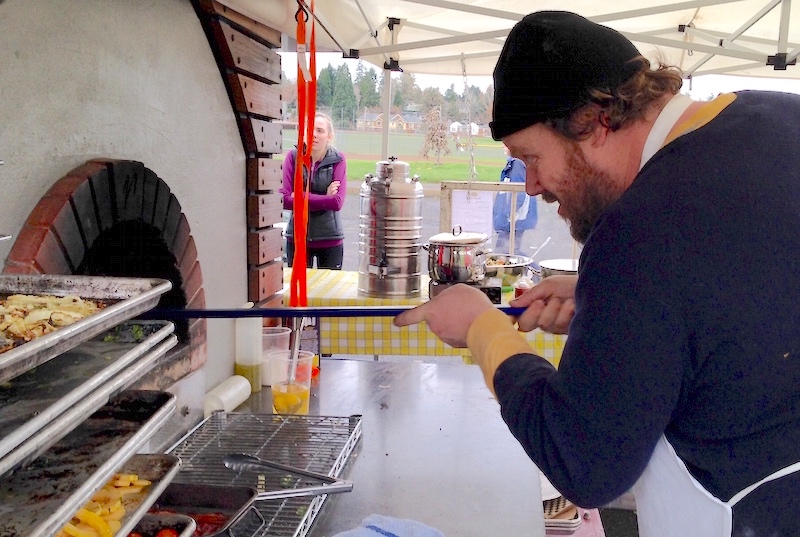 At this very moment, we all are nervous and not so comfortable with “opening up," especially as we existed before the lockdowns. It is really hard to imagine how it all used to operate in such a small space—can’t imagine how we used to squeeze 11 staff and 40 guests inside. As we can see in the world, and now with the dramatic domestic COVID uptick, this pandemic is really not over. Not even close.
At this very moment, we all are nervous and not so comfortable with “opening up," especially as we existed before the lockdowns. It is really hard to imagine how it all used to operate in such a small space—can’t imagine how we used to squeeze 11 staff and 40 guests inside. As we can see in the world, and now with the dramatic domestic COVID uptick, this pandemic is really not over. Not even close.
We enjoyed the short “loosening," but we just don’t see a path that takes us back to how things were. The old way of our industry has revealed its cracks. And we are not comfortable just plugging those holes and moving on. Working in the service industry will not be the same, nor should it be. Late nights, low wages, rampant substance abuse, unfair, unpredictable and misguided tipping systems, and more entitled and rude customers who just seem out to make overt political statements when going out for dinner.
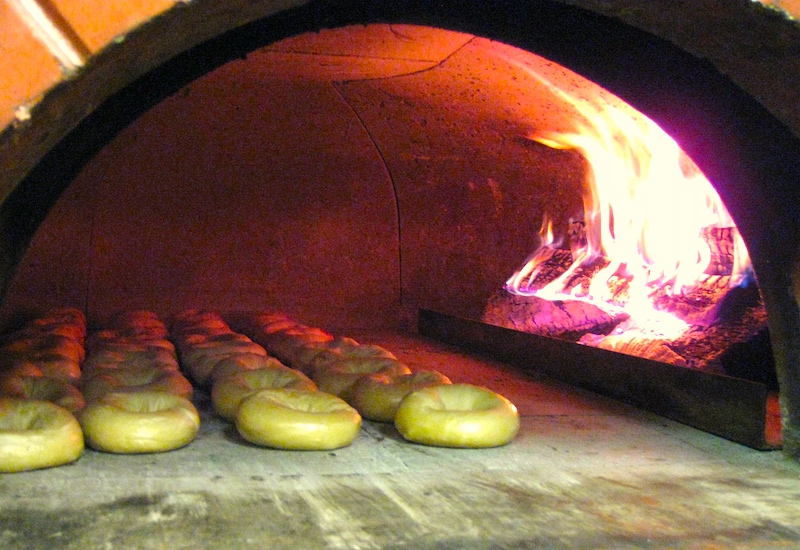 After non-essential services were mandated to close, I explained to my youngest daughter that I wasn't sure if another customer would ever set foot in our dining room. I was not sure if we would go out of business or if our operation would fundamentally change to survive a new world. My goal when this all went down was to stay consistent and dependable as much as humanly possible. Not changing hours, not changing service style, trying to keep my family, staff and community safe. Trying to stick with what folks know us for, pizza inspired by the farmers. I am so thankful for the community that has supported us through all of this.
After non-essential services were mandated to close, I explained to my youngest daughter that I wasn't sure if another customer would ever set foot in our dining room. I was not sure if we would go out of business or if our operation would fundamentally change to survive a new world. My goal when this all went down was to stay consistent and dependable as much as humanly possible. Not changing hours, not changing service style, trying to keep my family, staff and community safe. Trying to stick with what folks know us for, pizza inspired by the farmers. I am so thankful for the community that has supported us through all of this.
So, ultimately, we are spending days and nights trying to imagine and plan what Tastebud 5.0 will be, in what is our 21st year of operation and 6th year in Multnomah Village. Ideas range from more pizza, more bagels, more breads, chicken dinners, lunch sandwiches, bakery, coffee, private dining, mutual aid, and how we can support disadvantaged communities. We are waiting for a committed pivot to fulfill our goals and not continuing this temporary setup that is keeping us afloat. We are hoping the restaurant revitalization fund will come through, but we are not holding our breath.
I hope we all stay safe, heathy and vigilant and that we see you soon.
Mark

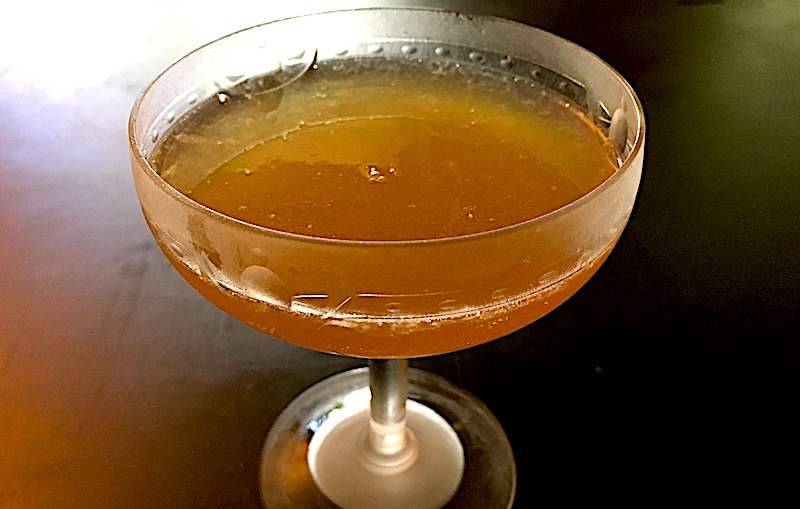

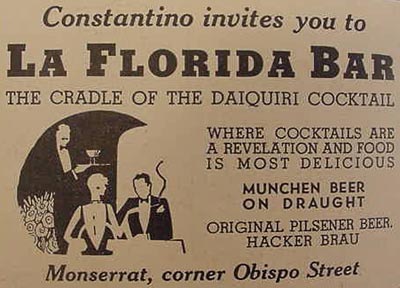
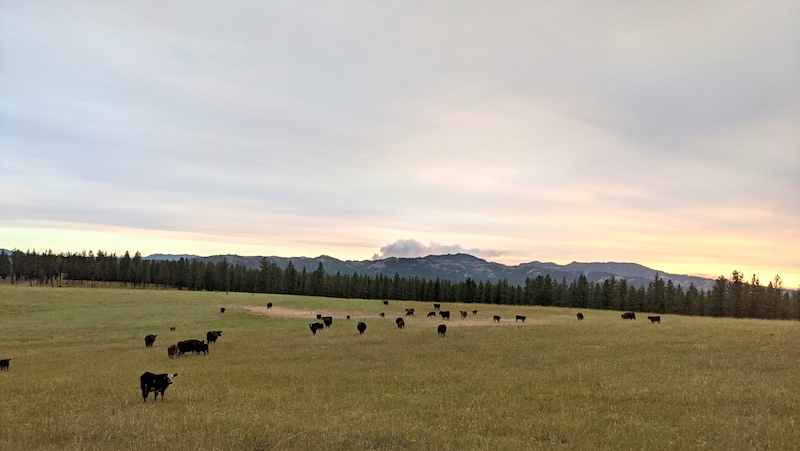
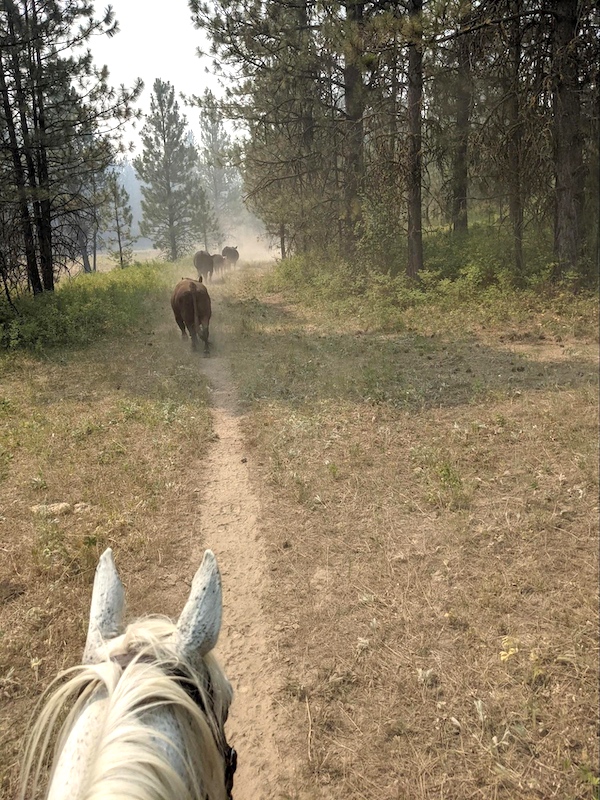 It didn't rain. We began to say “drought,” a word that invokes a certain level of anxiety and urgency. It was time for action, but what to do? And when to do it? Our ranch manager, Sam, and I spent hours revisiting our grazing plan and forage budget. Should we sell cattle? Which ones, and when? If we did, would we be able to serve our customers? Pay our bills?
It didn't rain. We began to say “drought,” a word that invokes a certain level of anxiety and urgency. It was time for action, but what to do? And when to do it? Our ranch manager, Sam, and I spent hours revisiting our grazing plan and forage budget. Should we sell cattle? Which ones, and when? If we did, would we be able to serve our customers? Pay our bills? He told us the fire crews were attempting to hold the southern line of the fire (at that point 50,000 acres) along two forest service roads. If we could consolidate the cattle into one large pasture, we would be able to gather them in a day. If the fire crossed the road to the steep, rugged terrain, thick with timber, they wouldn't be able to stop it until it reached the cattle. It would take more than a day for the fire to travel the 7 miles to the cattle, leaving us time to get them to safer ground. We had a plan.
He told us the fire crews were attempting to hold the southern line of the fire (at that point 50,000 acres) along two forest service roads. If we could consolidate the cattle into one large pasture, we would be able to gather them in a day. If the fire crossed the road to the steep, rugged terrain, thick with timber, they wouldn't be able to stop it until it reached the cattle. It would take more than a day for the fire to travel the 7 miles to the cattle, leaving us time to get them to safer ground. We had a plan.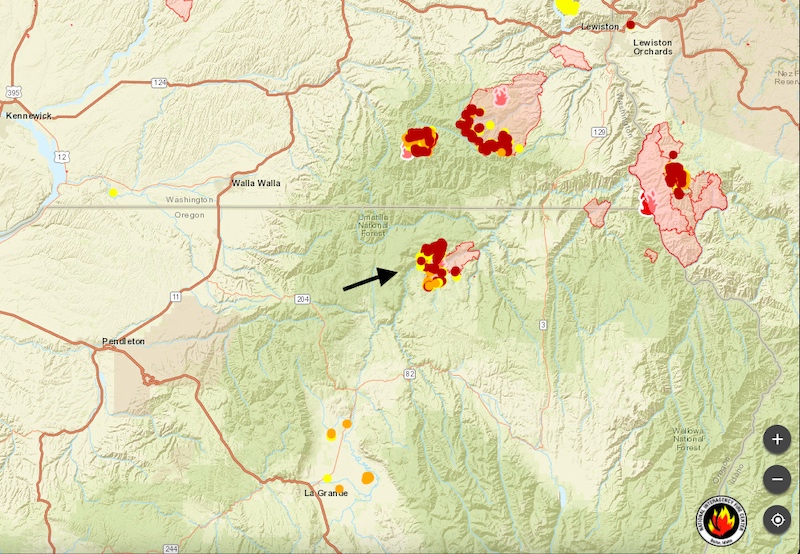
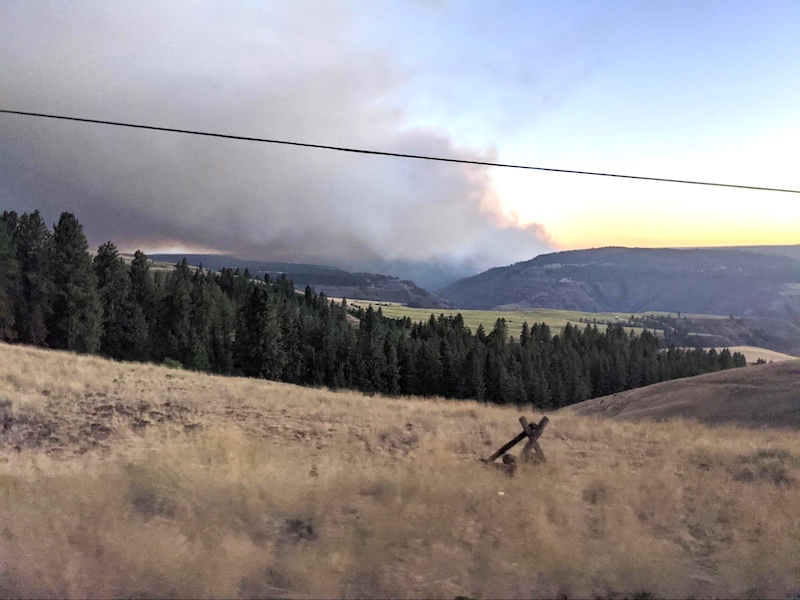 Exceptionally dry conditions and the steep terrain overwhelmed local fire crews quickly. With four active wildfires in the region, not including one of the largest in Oregon history—the
Exceptionally dry conditions and the steep terrain overwhelmed local fire crews quickly. With four active wildfires in the region, not including one of the largest in Oregon history—the 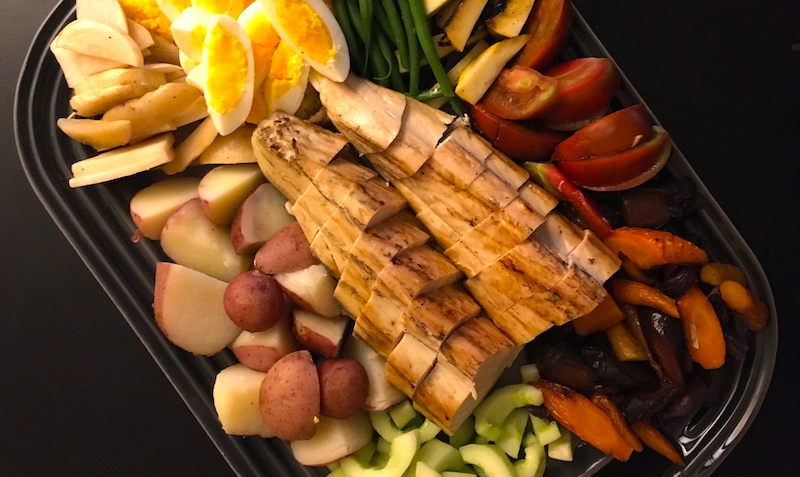
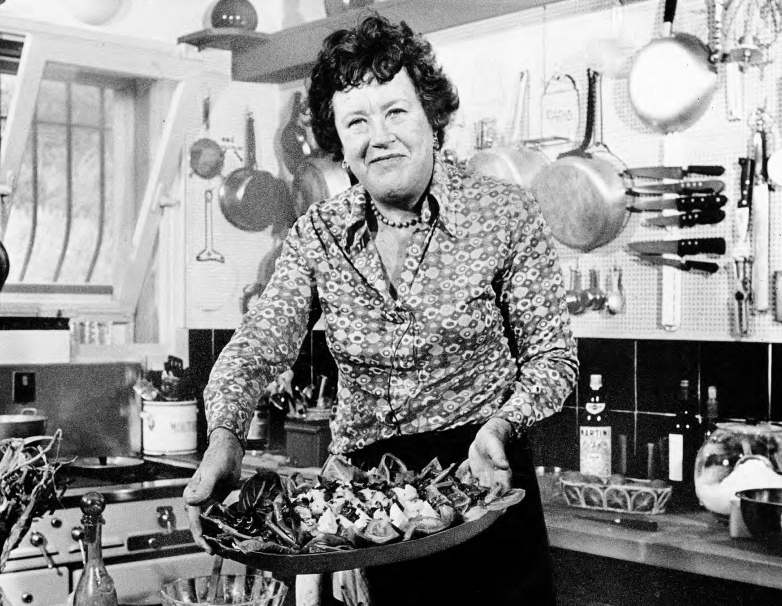


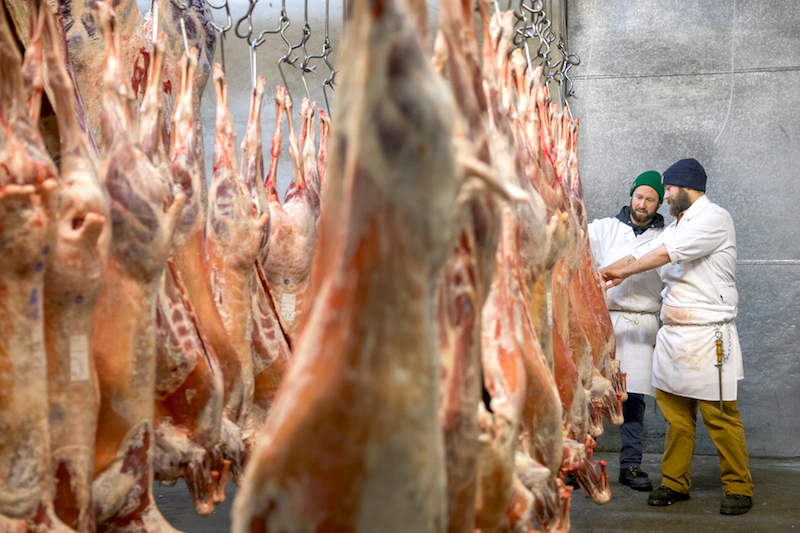


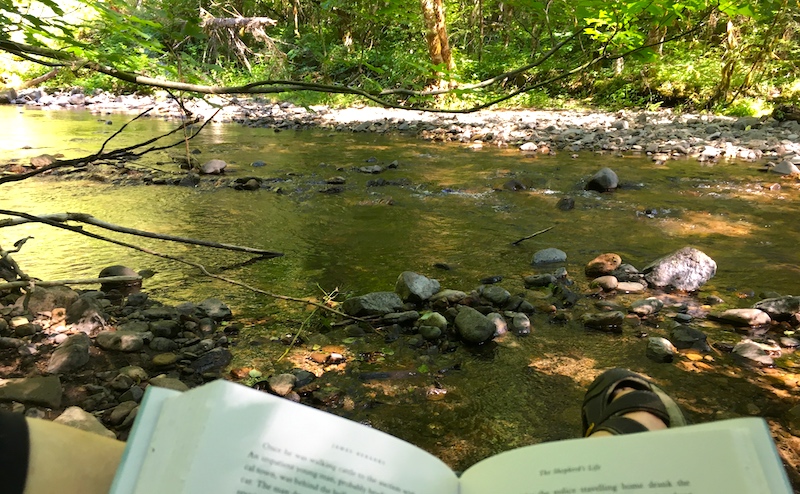


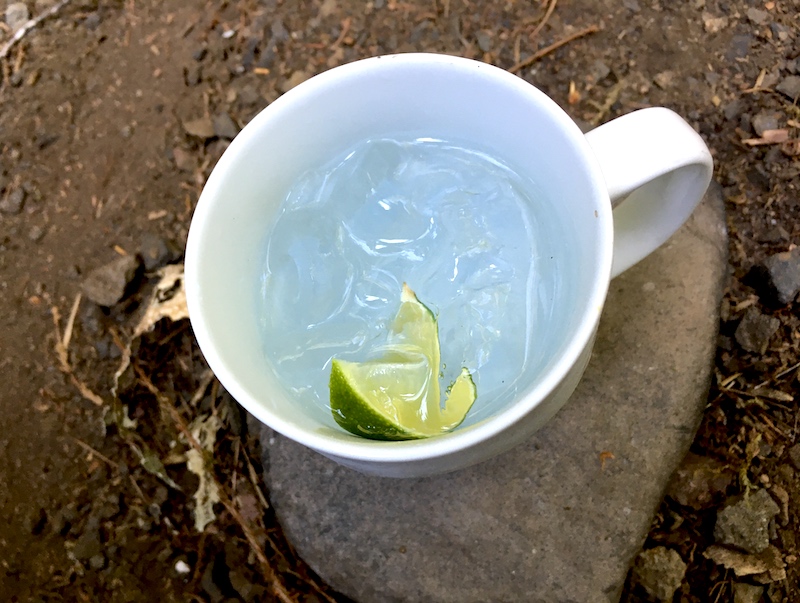

 But the Oregon I am also strives to live up to a deeply held belief in the values of community and our interdependence, a concern for the rights our fellow citizens and the preservation of our shared resources. Knowing that we've not always lived up to these shared values doesn't mean we shouldn't still work together to make them real. In fact, it means we should work all the harder, since we'll all be stronger for it as we move forward.
But the Oregon I am also strives to live up to a deeply held belief in the values of community and our interdependence, a concern for the rights our fellow citizens and the preservation of our shared resources. Knowing that we've not always lived up to these shared values doesn't mean we shouldn't still work together to make them real. In fact, it means we should work all the harder, since we'll all be stronger for it as we move forward. In coordination with the campaign, eight Oregon craft breweries are releasing eight new beers that celebrate our state's diverse landscapes, each related to or inspired by a location on the map. Each brewery tackled the challenge in their own way—by using all Oregon-grown ingredients, by fermenting beer outdoors in a nature preserve using microbes from the air, by capturing the essence of a sunny Oregon summer day, or by collaborating with a local land trust.
In coordination with the campaign, eight Oregon craft breweries are releasing eight new beers that celebrate our state's diverse landscapes, each related to or inspired by a location on the map. Each brewery tackled the challenge in their own way—by using all Oregon-grown ingredients, by fermenting beer outdoors in a nature preserve using microbes from the air, by capturing the essence of a sunny Oregon summer day, or by collaborating with a local land trust.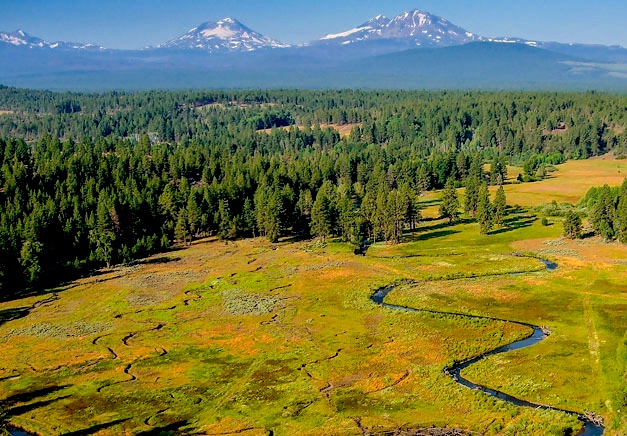 For instance, Crux Fermentation Project in Bend made an
For instance, Crux Fermentation Project in Bend made an 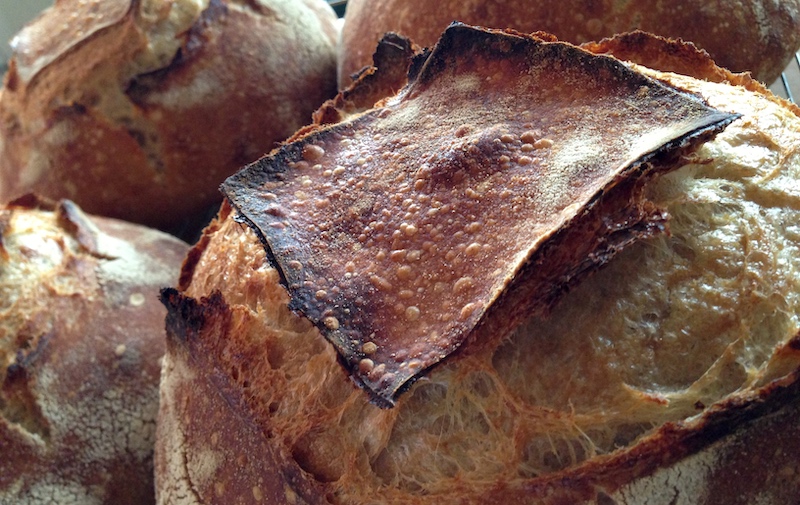
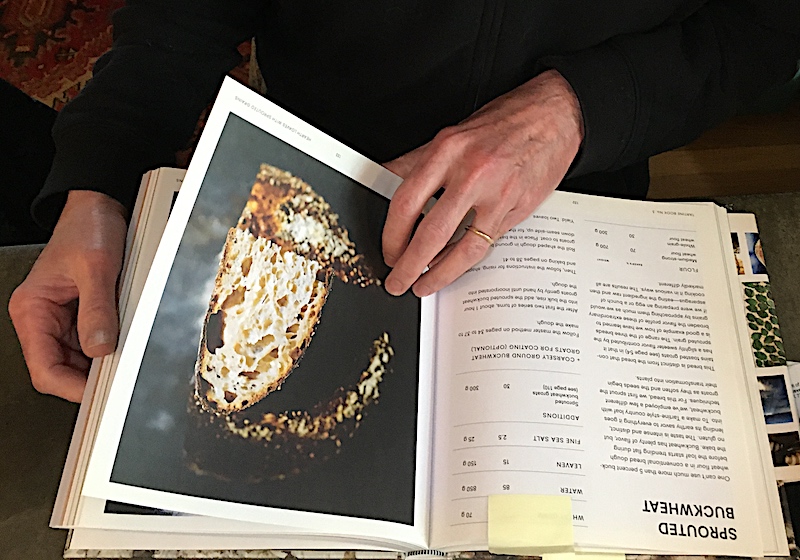 Then he got Chad Robertson's book,
Then he got Chad Robertson's book, 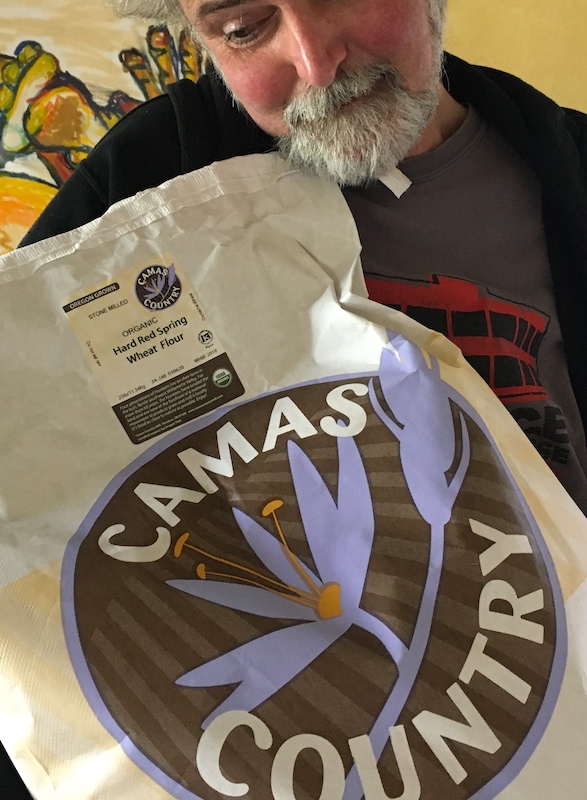 Shortly after that he began reading about locally grown grains being pioneered by farmers and institutions like
Shortly after that he began reading about locally grown grains being pioneered by farmers and institutions like 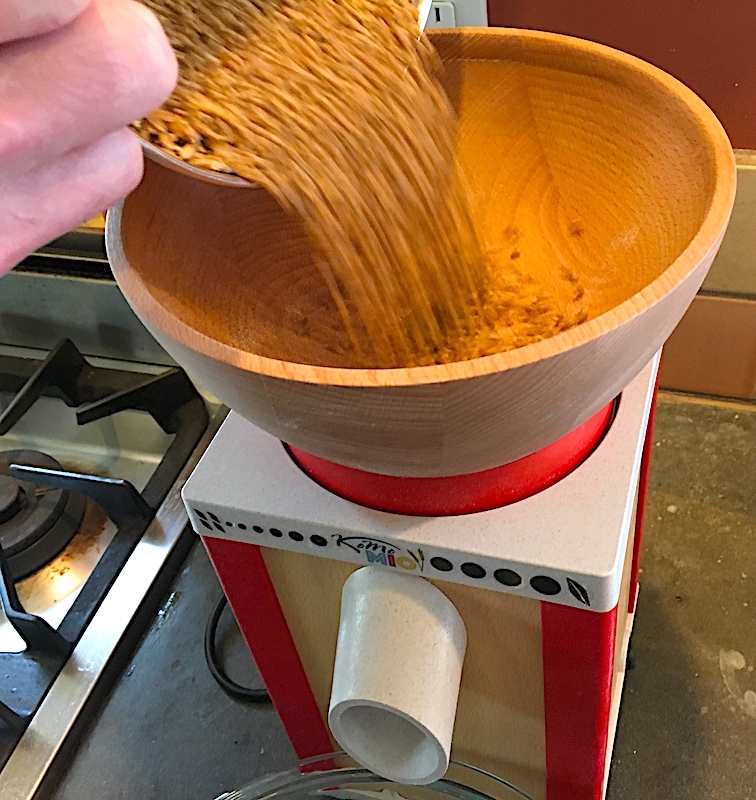 Now those 25-pound bags of flour have turned into 25-pound bags of grains with the addition of a
Now those 25-pound bags of flour have turned into 25-pound bags of grains with the addition of a